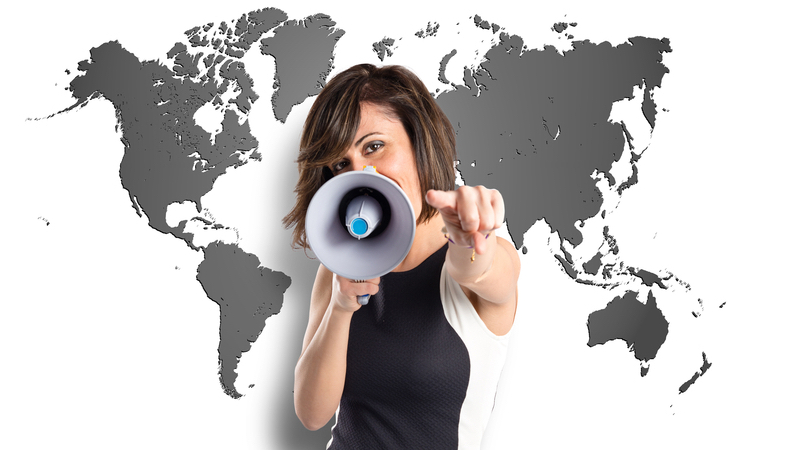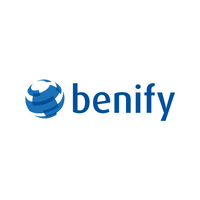Tips for communicating benefits to a global workforce
Whether your business’s work environment is hybrid, onsite, remote, or in different countries, it’s more important than ever that every employee has easy access to relevant information and messaging, based on their location.
Benefits and rewards provide a bedrock to many people beyond salary. So it’s crucial to build a sustainable and adaptable communications strategy that reaches all employees with relevant and timely information. This will not only give your employees an insight into how you are continuing to invest in them, but will also help grow a sense of loyalty and engagement within the company.
Communications that transcend borders
With a distributed global workforce, employers face a growing challenge of engaging all employees - whether they are remote or hybrid, desk-based or working across various sites, locations and offices.
It’s more than just about preparing content and distributing it. Global employers are facing the challenge of showing that they understand the local cultural norms in receiving and digesting information, furthermore to have an insight into what information is valuable to their employees in different markets and its relevance to all without abandoning the company brand and tone of voice.
Successful communication builds a sense of purpose aligned with the organisation’s structure and values. However, to succeed, you need to spend time understanding the nuances, what is valued and how information is digested in each local market so you can distribute tailored communication to all needs and wants of your employees.
For example, promoting a better work-life balance or healthy living makes it essential to understand what this looks like in each market, as it will differ from country to country.
Take paid parental leave as an example – one of the most coveted benefits in the US. In Europe, it’s commonplace to offer paid leave to both parents after the birth of a child. Or look at what health and well-being benefit would be best suited to colleagues in the Netherlands, which has the most bicycles per capita in the world. Perhaps a subsidised bike benefit would be more suitable (and taken up) compared with a gym membership.
A communication strategy is not about taking a one-size-fits-all approach, but utilising data, insights and two-way communication with global employees that will help you adapt communications to be effective and grow your culture of trust and engagement.
The power of two-way communication
Building a communication strategy is about engaging in a two-way conversation with employees so that they are not only up to date on company news but also have opportunities to share their opinions, voices and thoughts. A town hall or social gathering can provide opportunities for employees to share viewpoints and ask questions. The next stage is to use these insights and tailor content for employees that meet their ongoing needs.
Always start with defining the topic and the audience. Sharing specific issues, information, and messages to the targeted audience at the right time will allow a better impact, contrasting to what can be perceived as general information to all employees.
For example, information about pensions and retirement plans will be more relevant for older employees, whereas the total reward statement and overall compensation package will interest entry-level employees.
Asking the right questions
Using surveys or feedback tools is a great way to measure the effectiveness of your communications approach. It will allow you to gain valuable insight into how employees perceive the content and how it resonates with them. Using it regularly will give you valuable feedback that ensures your global workforce feels engaged and seen by you as an employer.
Global workforces with employees from different cultures, languages, traditions and public holidays should be acknowledged and recognised within the organisation. Holidays such as Eid, Chinese New Year or Mid-Summer should be endorsed and celebrated to ensure employees who follow these holidays feel valued.
Using the right tools
According to Statista, there will be over 6.8 billion smartphones in use in 2023, a number that is estimated to increase to almost 7.7 billion by 2027.
Around 61% of the world population use their smartphone to read emails, book meetings and browse. That does’t necessarily mean all information and messaging must be 100% adapted exclusively with mobile use in mind. However, when preparing messages, updates, or information to share with colleagues, keep it easy to digest via mobile.
Using a total rewards and benefits platform enables a unified global-but-local approach using the same platform employees access their rewards and benefits through. You can send an email promoting different benefits on offer or send push notifications to each user, straight to their mobile device. This means clear, effective and consistent communication anywhere, anytime to continue to engage your global workforce.
Supplied by REBA Associate Member, Benify
Benify offers the market's leading global benefits and total reward platform.








